FORT LEWIS, Wash. - Upon completion of training, an Army unit often conducts a review of the successes and failures of the training. When 1st Special Forces Group (Airborne) returned from training in South Korea recently, one of the successes it cited is its preparation.
"(The unit) conducted five internal (exercises) and prepared an updated version of the (Army Special Operations Task Force) Supporting Plan for the defense of South Korea in preparation for the exercises," said a 1st SFG (A) major involved with planning the exercise that started at the beginning of March.
The exercises 1st SFG (A) participated in are called Key Resolve and Foal Eagle. These exercises are conducted every Spring, and focus on the United States and South Korean militaries' plans for the defense of South Korea. In addition, the Group conducted an exercise in late January and early February called Balance Knife, which focuses on training unconventional warfare operations.
While the 1st SFG (A) has participated in previous exercises, this was the first time the Group tested newer systems not used in previous years. One of those systems is called "Command Post of the Future," or CPOF. The CPOF system used by 1st SFG (A) was designed to support the unique and complex missions of Special Operations Forces.
"This system is designed to enable command and control of operations via a distributed network system that spans the breadth and depth of the modern Information Age battlefield," said the planning major. "We recently fielded this system, and we conducted all Command and Control actions via the CPOF medium."
The system was shown to Republic of Korea Lieutenant General Sang Ki Kim during his visit to the Group's facilities in Korea. In the event of hostilities on the Korean peninsula, Kim would serve as the commander of the Group's next higher echelon, the Combined Unconventional Warfare Task Force.
The general was impressed by the CPOF and the abilities it afforded American forces.
Field Drills and CBRN Operations
In addition to testing this new system in the computer-simulated exercise, Green Berets and paratroopers of the Group worked with their Korean counterparts throughout the southern half of the peninsula, performing basic marksmanship with different weapons systems, military operations in urban terrain drills, first aid and communications training to enhance the working relationship of American and Korean Special Forces teams.
The goal of 1st SFG (A) during the exercise was to assist Korean Special Forces in learning and applying unconventional warfare techniques. Unconventional warfare is the opposite of conventional warfare. Where conventional warfare is used to reduce an opponent's military capability, unconventional warfare is an attempt to achieve military victory through acquiescence, capitulation or clandestine support for one side of an existing conflict. Conventional warfare is generally a quick campaign, whereas UW usually takes months, even years. A recent example of UW in modern wars happened when US Special Forces teamed up with the Northern Alliance in 2001 to combat the Taliban in Afghanistan.
Before in-depth UW training began during the exercises, the Green Berets built on the conventional skills already possessed by Korean forces. One of the main tasks of Korean SF up until recently included conducting reconnaissance and other tasks, mostly behind enemy lines. The use of UW for the defense of South Korea is relatively new to the planning process for many Korean military leaders. By building upon a skill and tailoring the training for a specific mission, Green Berets prepare Korean Special Forces Soldiers for more challenging missions.
Among the more complex missions during the exercise was an operation to secure a suspected chemical weapons lab. The operation required extensive planning and coordination of air and land assets of the Korean and American militaries.
The operation took less than 12 hours to execute, and began with a several-kilometer foot movement through the Chiri Mountain range, among the tallest on the Korean peninsula. After reaching the site and establishing an observation position, a separate element linked up with vehicles that rapidly escorted the assault and CBRN, or chemical, biological, radiological and nuclear, teams into position.
After the Korean and American operators secured the site, the CBRN team moved in to assess the fictional WMD threat. The assessment team completed their work at the site and boarded an inbound Chinook helicopter that landed adjacent to their location. A short flight later, the CBRN team boarded a waiting C-130 Hercules aircraft for a longer flight to another destination to treat simulated casualties. The C-130 used in the training was outfitted with special equipment to transport individuals who were exposed to chemical or biological hazards. The team landed and was treated by waiting medics.
Staff Sgt. Matthew Henson, the Chemical Reconnaissance Detachment sergeant in charge of the team that assessed the WMD site, said the training was "very good" and "very realistic."
""I would say the training in Korea was probably the best training we get all year long in terms of training that really actively represents what a real world mission would be," said Henson. "We (the CRD) are actively working with an ODA and the target is set up by outside entities that we have nothing to do with prior to hitting the target."
Henson added that having outside observers design and evaluate the training forced him and his team to act without short cuts or leaked knowledge of the training target site.
Korean and American forces provided security for the CBRN team throughout the mission and continued to execute missions together after the operation.
Green Berets and their Korean Counterparts
A 1st SFG (A) captain training with the Koreans said the Koreans are performing well despite a shift in mission for the use of Korean Special Forces.
"They've come a long way," said the team leader. "Traditionally, they have not been utilized in an unconventional warfare type manner. The big challenge coming in here was to adjust their mindset to think in unconventional terms in an unconventional battle field."
The captain lauded the Koreans for their standards of planning and fitness, and said they are a capable, smart and hard working force.
A Republic of Korea Army major named Byun echoed the team leader's assessment.
"We have learned a lot from the American Special Forces by using some of their equipment and from their ability to plan an operation based off experiences they gained in real-war situations," said the Korean Army major.
Culture Training
Soldiers of 1st SFG(A) learned about their Korean counterparts tactics, techniques and procedures while planning and conducting missions. The two partner forces even traded meal plates while in the field, as Soldiers of 1st SFG (A) ate Korean field rations in exchange for American food.
The Korean palate consisted mostly of rice and soup. Both were made using water from natural water sources that was heated over a fire.
Additionally, select members of the Group learned about Korean culture and history in staff rides to the Tabu-dong battle site near the city of Daegu, the demilitarized zone which separates the two Koreas, and the War Memorial of Korea in Seoul. The War Memorial of Korea is Republic of Korea's national museum dedicated to the country's past conflicts.
The Battle of Tabu-dong is among the most critical during the Korean War. It was fought along a defense line commonly called the Pusan Perimeter.
Friendship Jump
Following weeks of computer simulations and field training, which had Special Forces teams working in a myriad of conditions, both countries used the last days to bid each other well and participate in one last operation.
On a partly-cloudy day, the Soldiers exited from a C-130 Hercules aircraft above abandoned rice fields wedged between mountain ridges with nothing more than their uniforms and the parachutes strapped to their backs.
A "wing exchange" ceremony on the drop zone followed, with the paratroopers pinning each other with their respective country's military parachutist badges and trading the Velcro unit patches on their uniforms.
As the Group packed, the planning major reflected the value of the exercises.
"These exercises are great because they provided us an opportunity to validate plans and procedures in preparation for any deployment to a war fight in Korea or anywhere else (1st SFG (A)) is directed to deploy," said the planning major. "These exercises have provided a venue for this unit to maintain mission focus and ensure mission readiness for all contingencies."
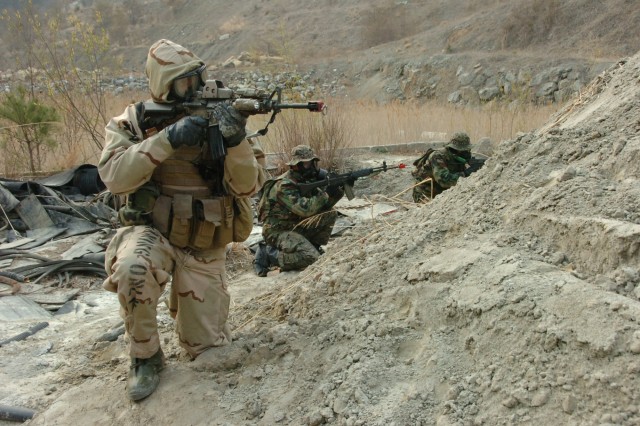
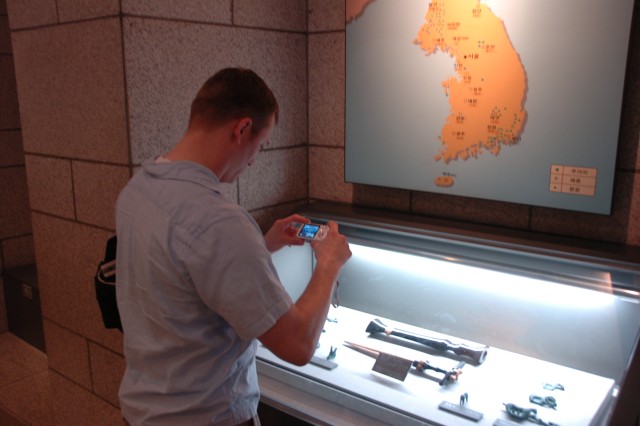
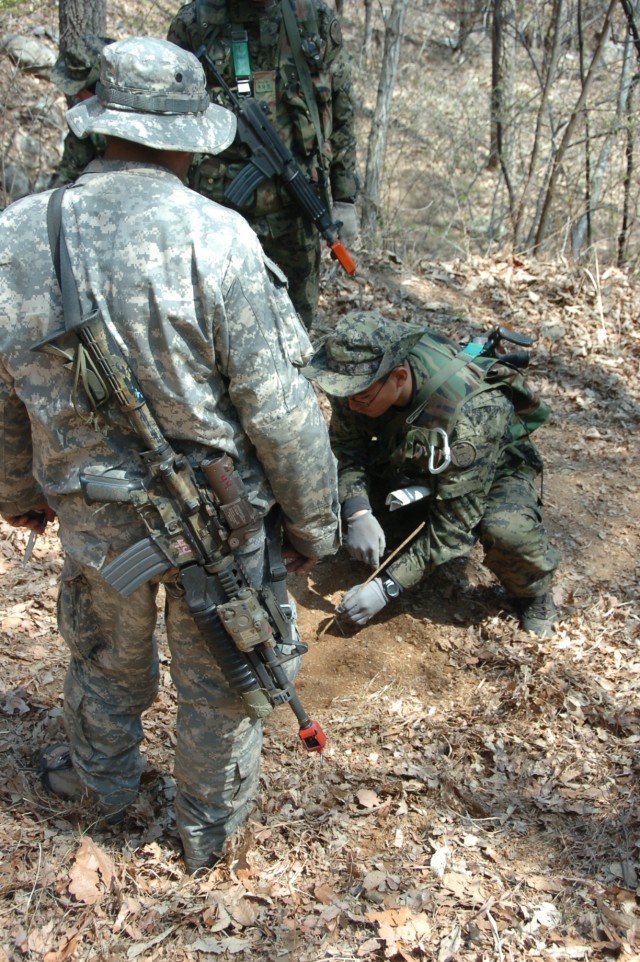
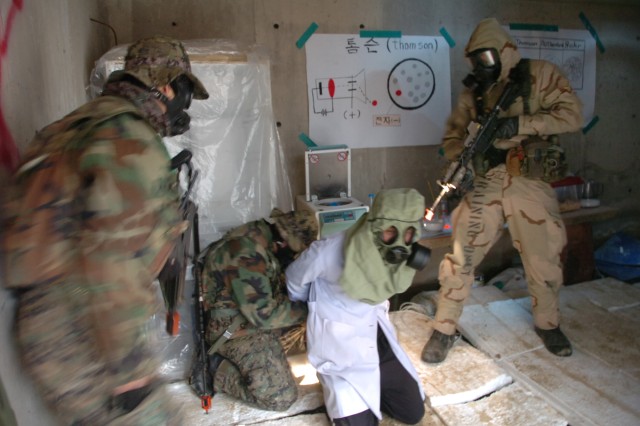

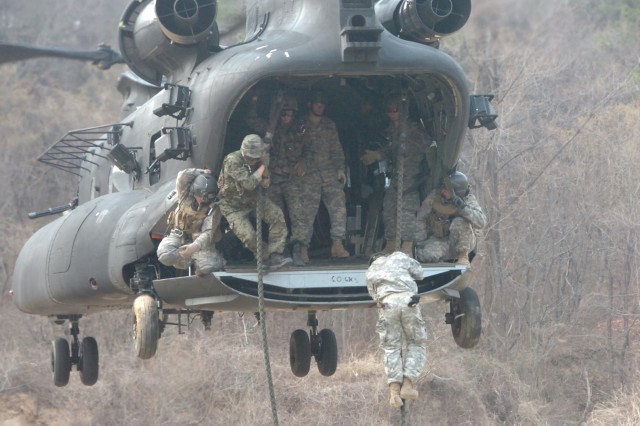
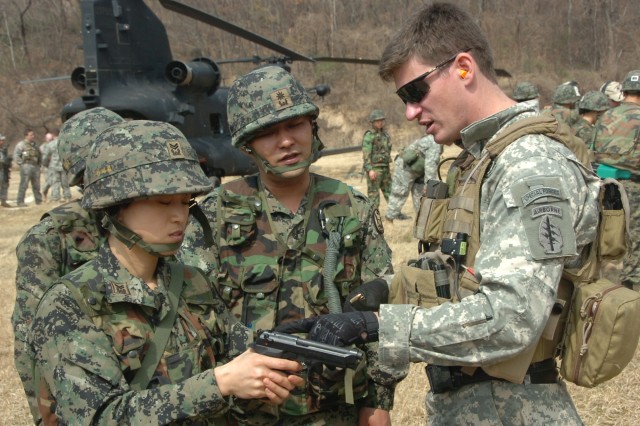
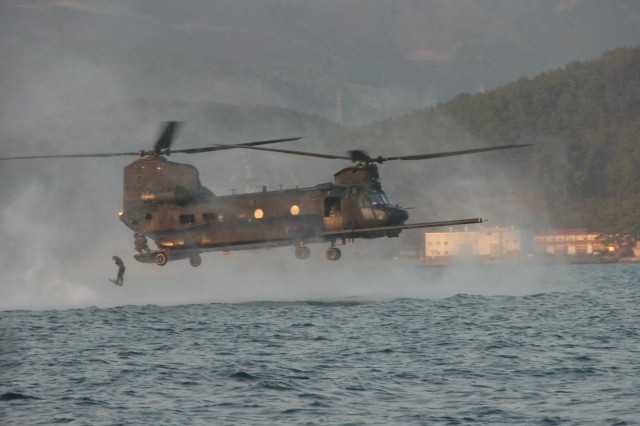
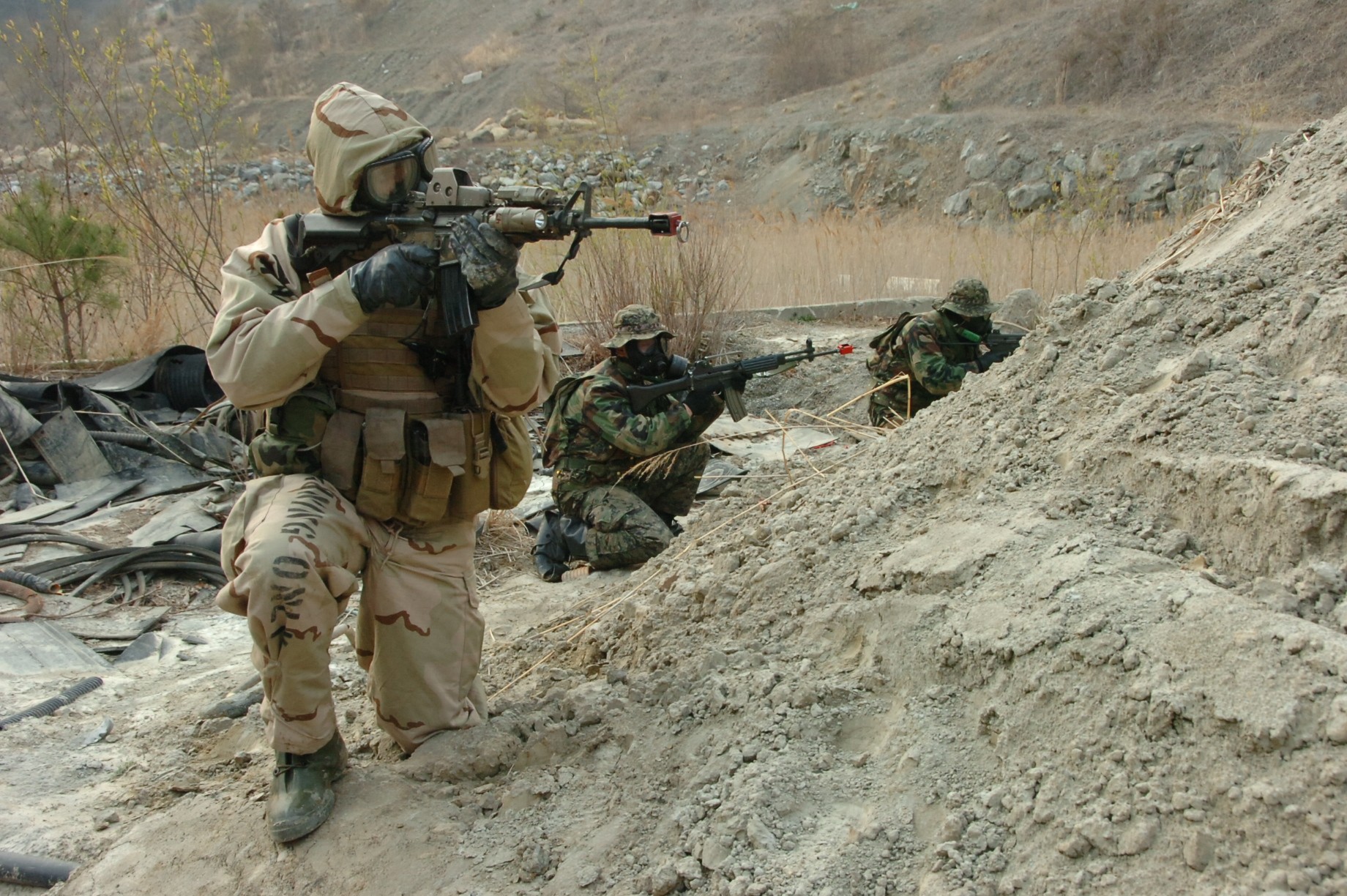

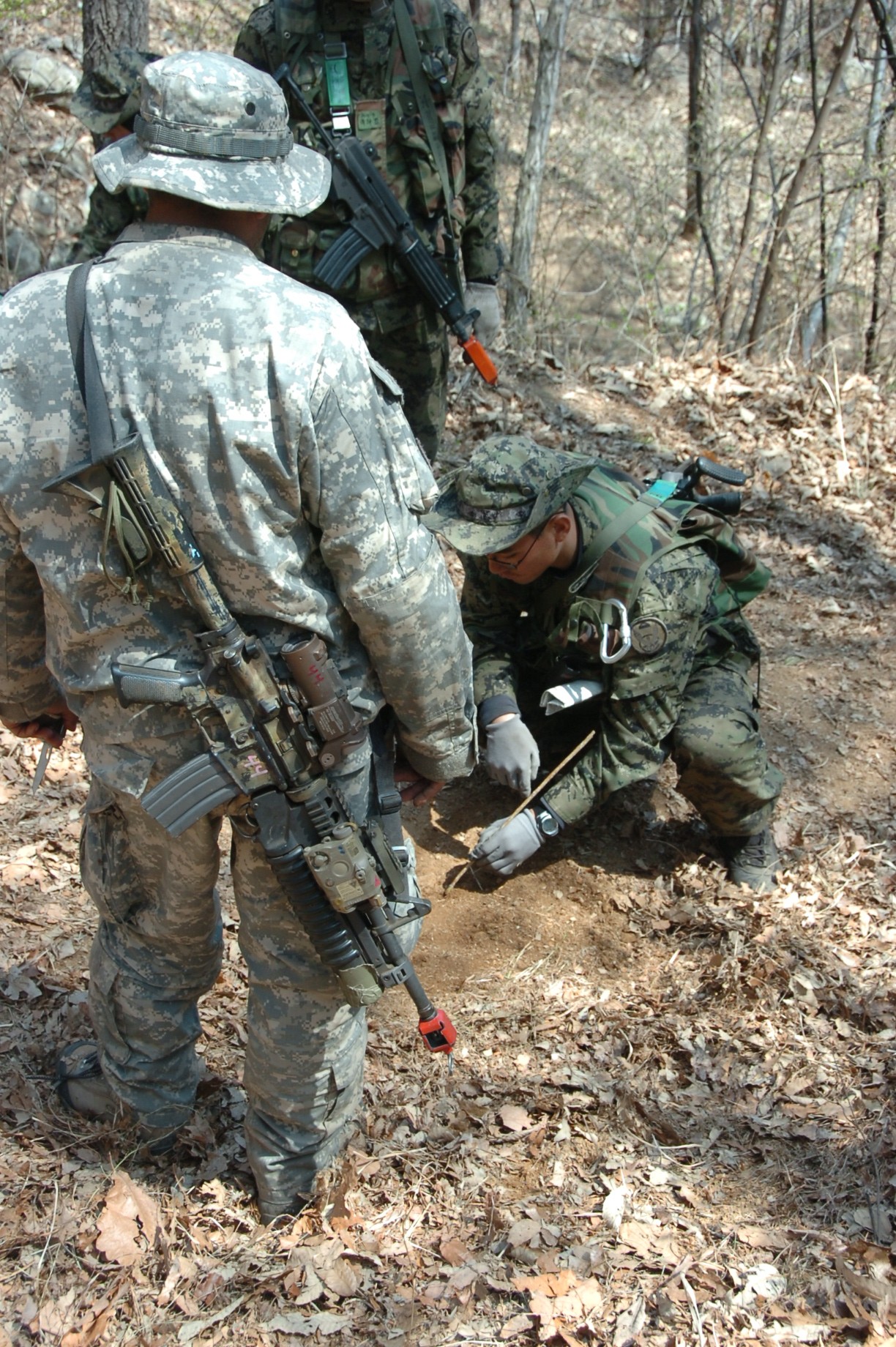
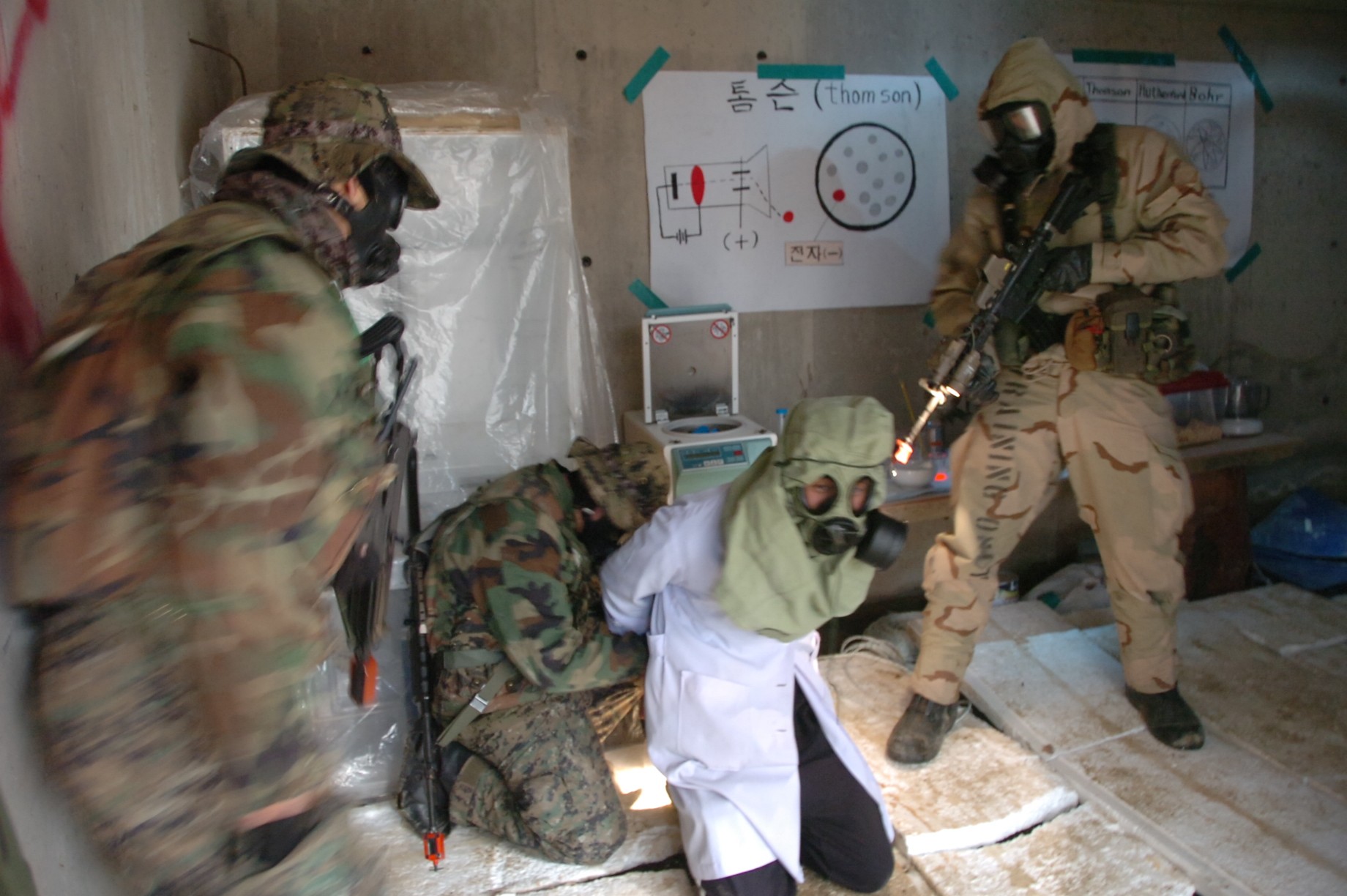


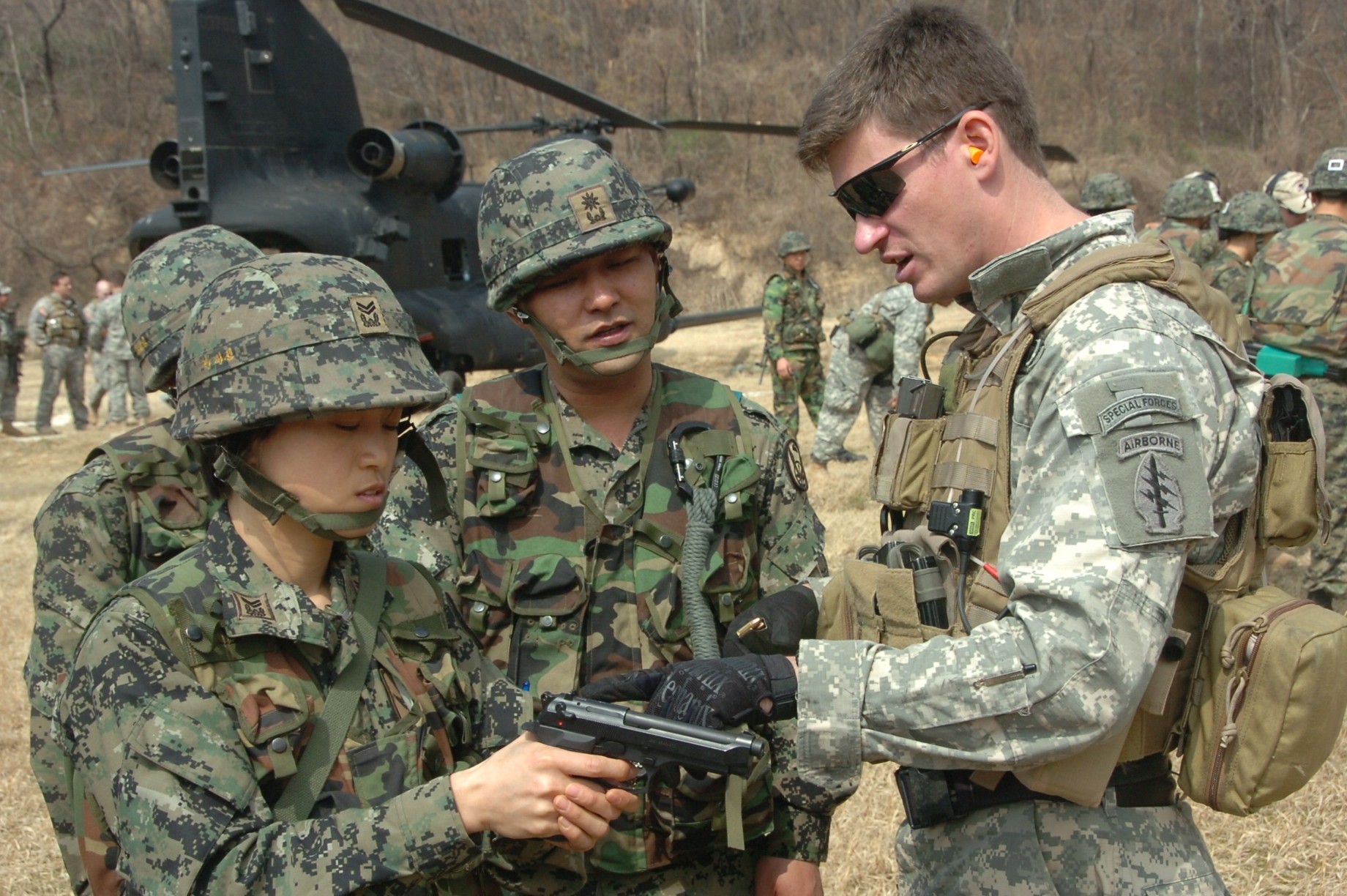

Social Sharing